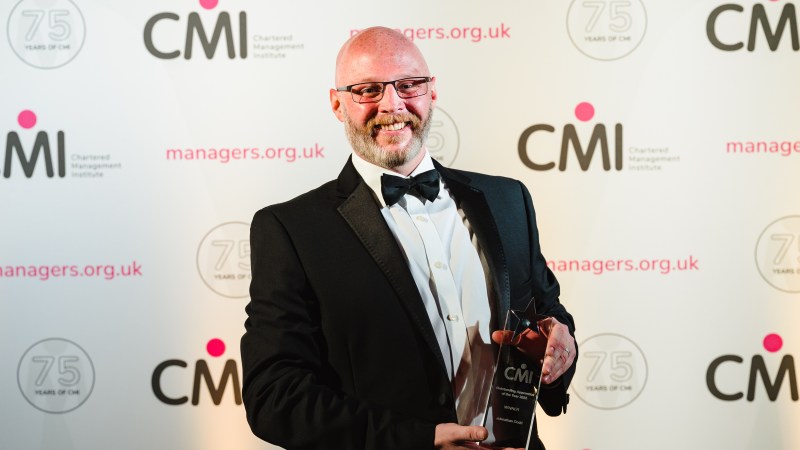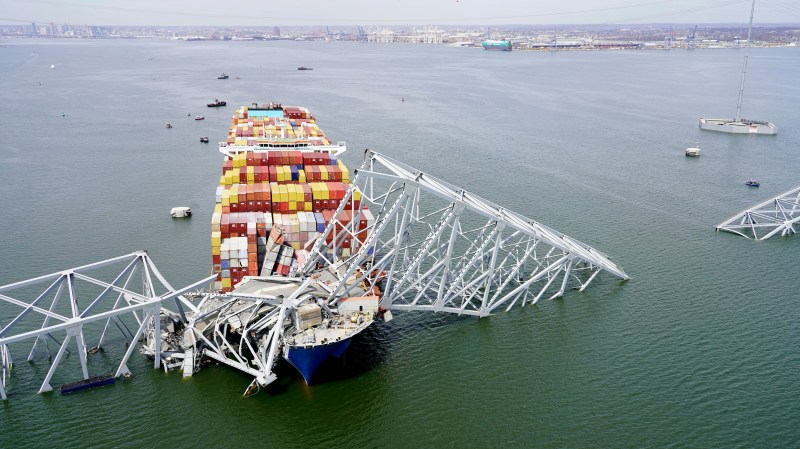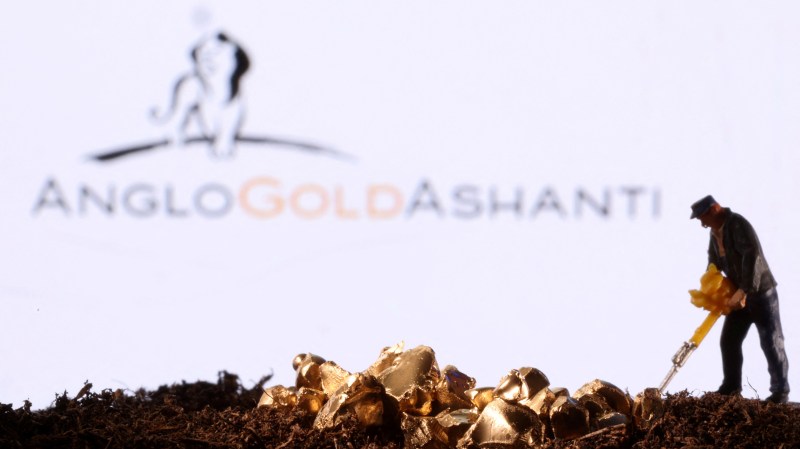Future looks bright for goldmining takeovers
Centamin will be the latest goldminer to leave the London stock market once its £1.9 billion takeover deal with AngloGold Ashanti completes. As the price of gold breaks record highs and London’s miners languish at big discounts, this takeover is unlikely to be the last.
AngloGold Ashanti, which is headquartered in Denver, Colorado, has certainly secured itself an attractive deal. Its shares had risen by more than 50 per cent since the start of the year, compared with 20 per cent at Centamin.
As such, it could afford to pay a chunky 37 per cent premium in exchange for Centamin’s star asset: the Sukari goldmine in Egypt’s Eastern Desert. Sukari, which is the country’s largest goldmine, has produced more than 5.9 million ounces of gold since it started production in 2009.
The takeover is the latest in a series of deals in the sector, where the largest players are concentrated in the US and Canada while the mines they own are spread across the globe, mainly in Australia, South America and Africa.
While goldminers’ earnings are naturally linked to gold prices, profits have suffered in recent years due to the lingering effects of pandemic-related supply chain disruptions, higher oil prices and missed production targets.
For two years it did not matter what the gold price did, according to George Cheveley, who manages the £328 million Ninety One Global Gold fund. “Miners performed worse because of the cost squeeze and they did not start new exploration projects as they had to keep costs under control.”
While some of these costs are now stabilising, greenfield exploration projects are still lagging despite the record prices for gold. A shortage of electrical engineers has hit the industry particularly hard, Cheveley says. That means that now, for the world’s biggest goldminers, the most efficient way to grow is to buy.
Takeover activity in the sector has gone into overdrive. There were some significant deals towards the end of the last decade. In 2018 Randgold Resources, the London-listed African goldminer, agreed to an $18 billion all-share merger with the Canadian miner Barrick Gold. In early 2019 the New-York listed giant Newmont bought Canadian Goldcorp for $10 billion.
But it is in the past two years that mergers and acquisitions activity has really intensified, thanks partly to the bull run in the gold price, which has helped to renew interest in the sector. The Canadian Agnico Eagle bought its rival Kirkland Lake Gold for $10.7 billion in 2022. That same year, the London-listed Canadian Yamana Gold agreed to be bought by Pan American Silver.

Last year there were 30 gold M&A deals, according to analysis by S&P Global, including Newmont’s takeover of Australian Newcrest for $17 billion. It was the biggest deal ever in the industry and meant that, overall, about 223 million ounces of gold in reserves and resources exchanged hands in 2023, S&P Global found. Last month South Africa’s Gold Fields made a move on Osisko, of Canada, for $1.6 billion.
London’s miners look ripe for the taking, though the industry has already been thinned by the exodus of Russian goldminers from the exchange in 2022 following the invasion of Ukraine, including the former FTSE 250 miner Petropavlovsk. There has been a shortage of new miners coming to market to replace them, as London’s appeal as a listing venue has waned — former Yamana Gold boss Peter Marrone picked the Toronto Stock Exchange as the home of Allied Gold when it listed in 2023.
London’s listed goldmining sector may shrink further yet. Rob Crayford, who co-manages the £111 million CQS Natural Resources Growth and Income fund, says that the goldmining sector, which remains fragmented, is entering a new wave of consolidation.
“We are seeing some of the lowest multiples on record for goldminers, and M&A is an attractive way to buy assets that have not yet fully participated in the rally in the gold price,” he said. “There is also the benefit of having a larger market cap and getting a more premium rating.”
Andrew Breichmanas, an analyst at the broker Stifel, says the City’s remaining goldminers — such as Endeavour Mining, Thor Explorations, Hummingbird Resources and Resolute Mining — remain relatively cheap in part because of their size compared with North American majors.
There is also the intangible perception of the quality of management teams, Crayford added. Endeavour Mining, the largest remaining goldminer in London at a market capitalisation of £5.5 billion and with mines mostly in West Africa, was hit by a scandal earlier this year. An investigation into its dismissed chief executive Sébastien de Montessus discovered that he was involved in millions of dollars worth in payments to a third-party offshore UAE entity.
But size remains the most influential factor. “Larger miners have larger-scale assets, longer reserve lives and a more sustainable production base in a lot of cases,” Breichmanas said. “It is a fragmented sector. There is a very wide dispersion in the market in terms of the types of assets the companies own. If you are one of the largest goldmining companies, probably 90 per cent of the sector does not have the asset quality you are looking for.”
Goldmining exploration projects can take anywhere from a year to a decade. They require significant time, financial resources and a team well supported in expertise in geography, geology, chemistry and engineering.
Less than 0.1 per cent of prospected sites will lead to a productive mine, according to the World Gold Council, and only a tenth of global gold deposits contain enough of the metal to justify further mining. From that point, development can take one to five years in order to obtain appropriate permits and licences before construction. The operation of the mine can then last anywhere between 10 and 30 years, and the eventual decommissioning of the site can take another one to five years.
“For junior mines, capital markets have not been supportive enough to invest in exploration,” Breichmanas said. “As a result the number of explorations and discoveries has fallen off. Consolidating means they can save money on corporate overheads and listing costs, as well as sharing technical expertise.”
How high will gold go?
The bull run in the gold price has helped to light a fire under mergers and acquisitions in the mining sector. The price has hit successive highs this year, rising by more than 20 per cent so far and peaking at a new record of $2,580 per troy ounce on Monday.
Higher interest rates make gold, which does not offer any yield, less attractive to investors. When influential central banks such as the US Federal Reserve begin cutting rates, appetite grows.
The Fed is widely expected to cut interest rates this week after recent economic data showed signs of a slowdown in the American economy.
The investment bank Goldman Sachs has forecast that the price of gold could hit $2,700 by early next year, supported by interest rate cuts in America and gold purchases by emerging market central banks. China, for example, has been aggressively building its physical gold stores in the past two years to diversify its reserve funds.
The People’s Bank of China was the world’s biggest single buyer of gold last year, with net purchases of 7.23 million ounces, the highest purchase by Chian for at least 46 years, according to the World Gold Council.
RBC Capital Markets, the investment bank, has estimated that the price of gold will remain above $2,000 an ounce until at least 2028. The rally in the gold price during the pandemic was the first time that it had breached the $2,000 mark.






